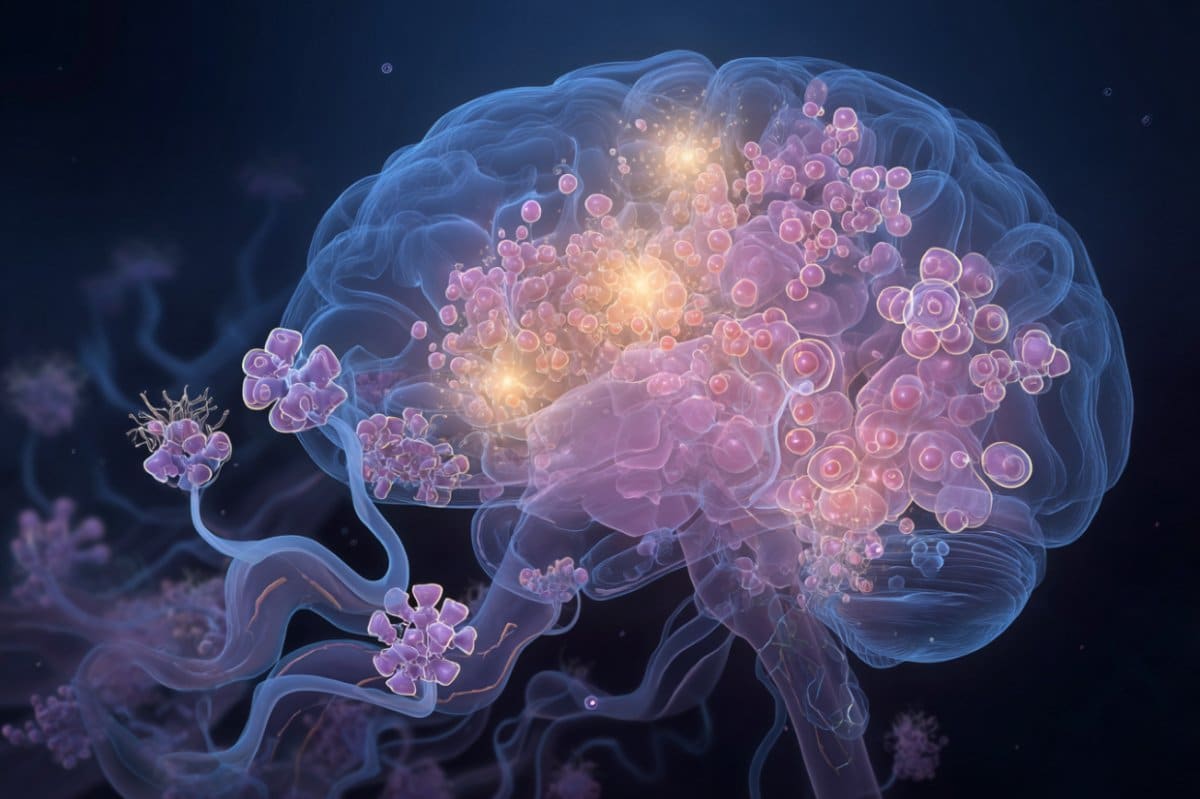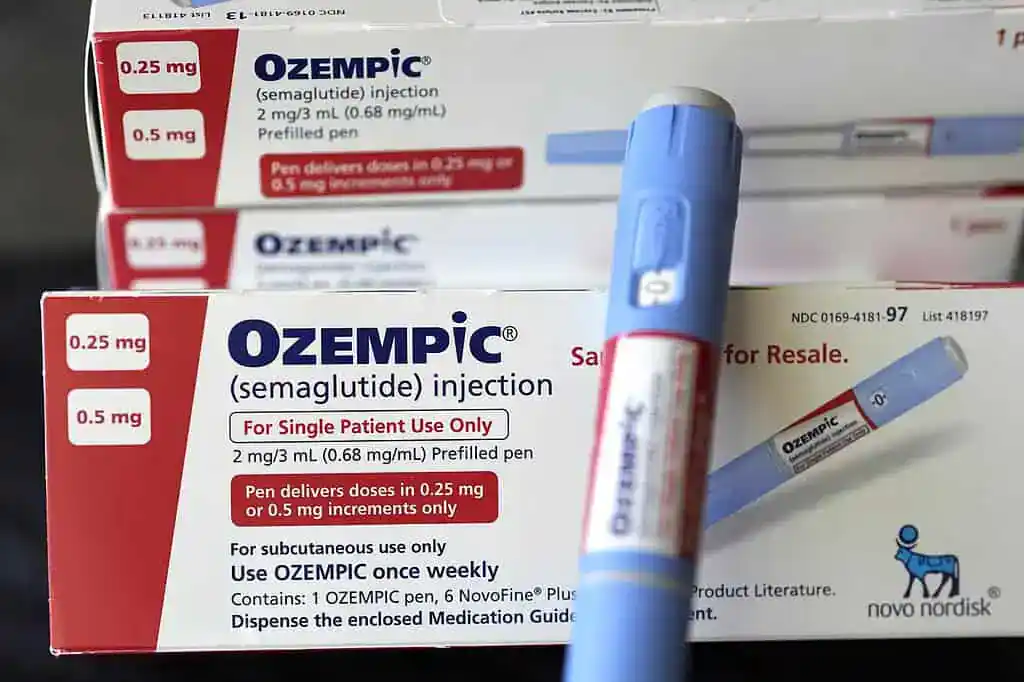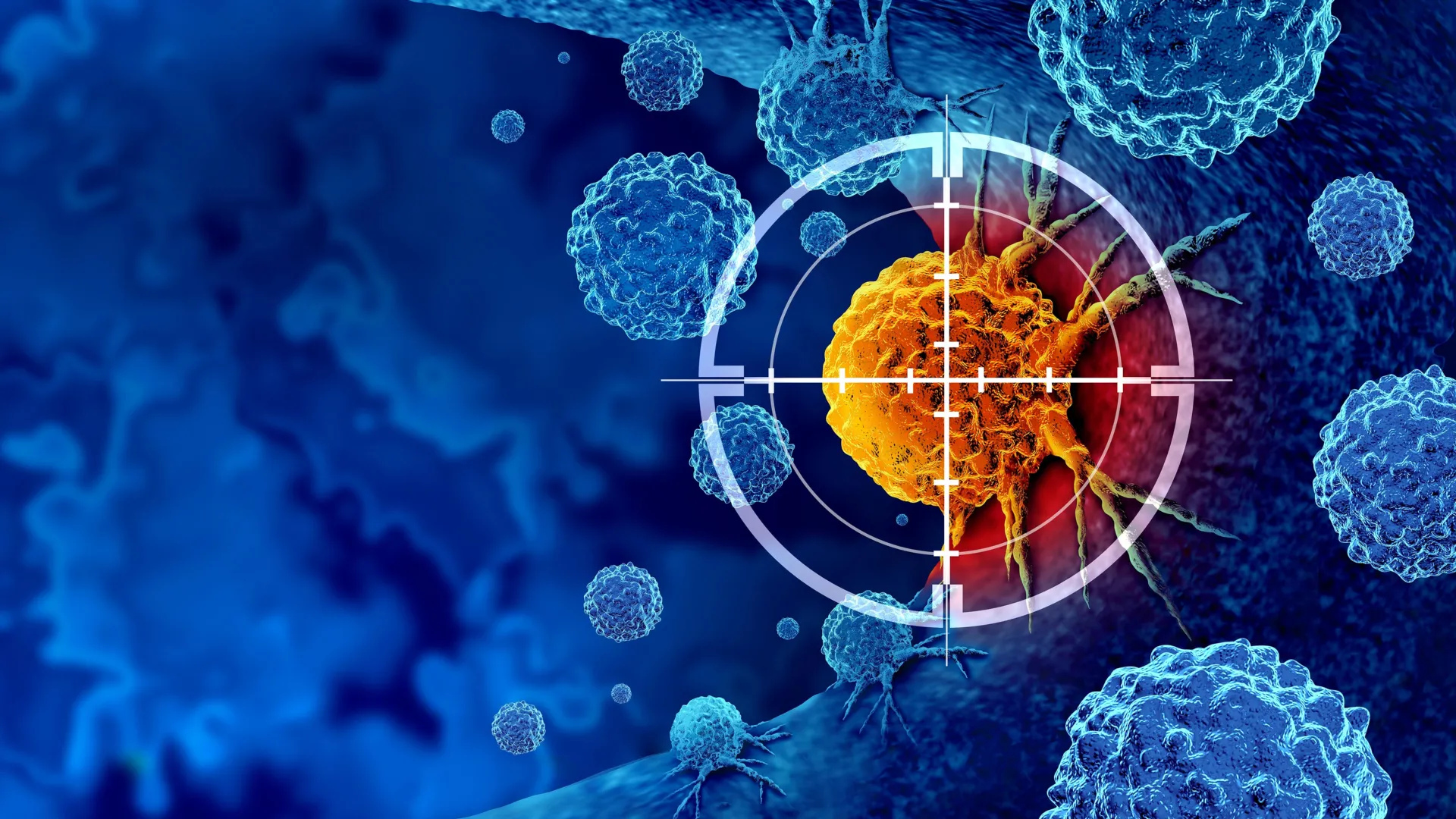In a series of experiments using mouse models of breast, pancreatic, and muscle cancers, scientists at Johns Hopkins All Children’s Hospital uncovered new evidence that strengthening the body’s natural immune defenses can both prevent cancer from returning and improve survival rates.
The research, published recently in Nature Immunology and funded by the National Cancer Institute/NIH, focused on finding new ways to help the immune system recognize and destroy tumors that normally evade detection.
Many malignant tumors are described as immune-suppressive or “immune cold” because the body’s defenses fail to recognize them as threats. Patients with these “cold” tumors often respond poorly to traditional treatments and have less favorable outcomes. The Johns Hopkins team set out to discover how to transform these immune-cold tumors into “immune hot” ones, which are more responsive to attack by immune cells such as B cells and T cells. Doing so could make chemotherapy and immunotherapy far more effective.
Building on their previous breast cancer studies, the researchers proposed that stimulating the tumor’s environment with immune-activating substances could improve the strength and organization of tertiary lymphoid structures (TLSs), specialized hubs where immune cells gather and coordinate an attack against cancer.
TLSs are clusters of lymphocytes that appear in areas of chronic inflammation, including immune-hot tumors. Their presence is strongly linked to better treatment outcomes and longer survival because they help orchestrate a focused immune response.
To test their idea, the team recreated the conditions of a TLS-rich tumor environment to identify which signals trigger TLS formation. They then introduced these signals into tumors in mice that lacked TLSs, using two immune-stimulating molecules (agonists) designed to activate the protein STING and the lymphotoxin-β receptor (LTβR).
When both proteins were activated together, the immune system mounted a swift and powerful response. Killer T cells (CD8⁺ T cells) surged into action, suppressing tumor growth, while new high endothelial venules — specialized blood vessels that allow immune cells to enter tissues — began to form. These vessels acted as gateways, enabling large numbers of T and B cells to flood into the tumors and organize themselves into new TLSs.
Inside these TLSs, B cells launched germinal-center reactions, developed into antibody-producing plasma cells, and created long-lasting memory cells. Researchers also found tumor-specific IgG antibodies and persistent plasma cells in the bone marrow, clear signs of a durable, body-wide immune defense capable of preventing the cancer from returning.
Treatment also increased helper (CD4⁺) T cells and memory CD8⁺ T cells and balanced immune signaling, strengthening both antibody-mediated (humoral) and cell-mediated immunity.
Together, the researchers say, the findings suggest early and combined efforts to boost T-cell activity not only kill tumor cells directly but also induce TLS maturation that sustains and amplifies anti-tumor responses.
“Our findings show that we can therapeutically induce functional TLS in otherwise immune-cold tumors,” says Masanobu Komatsu, Ph.D., principal investigator of the study and senior scientist at the Johns Hopkins All Children’s Cancer & Blood Disorders Institute. “By building the right immune infrastructure inside tumors, we can potentiate the patient’s own defenses — both T cell and B cell arms — against cancer growth, relapse, and metastasis.”
Because TLS abundance correlates with better outcomes across many tumor types, the use of the two protein stimulators together may offer a broadly applicable way to enhance the effectiveness of existing therapies, including checkpoint inhibitors that are the mainstay of immunotherapies, and traditional chemotherapy.
Komatsu’s team is further investigating the mechanism of action of TLS therapy and preparing for its clinical application in adult and pediatric cancer patients.
This research was supported by the National Cancer Institute/NIH R01 grants, the Department of Defense Congressionally Directed Cancer Research Program, and the Florida Department of Health Bankhead Coley Cancer Research Program.
One of the co-authors of the study has potential competing interests.
First Appeared on
Source link












